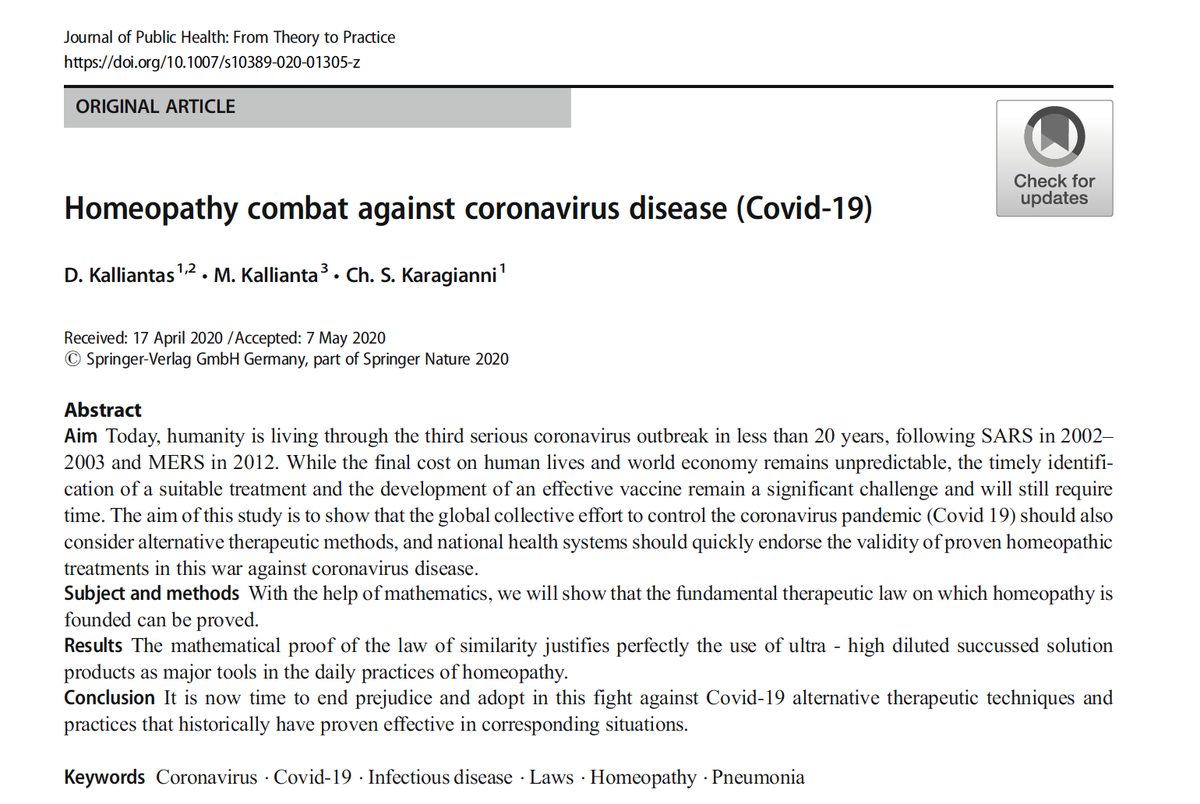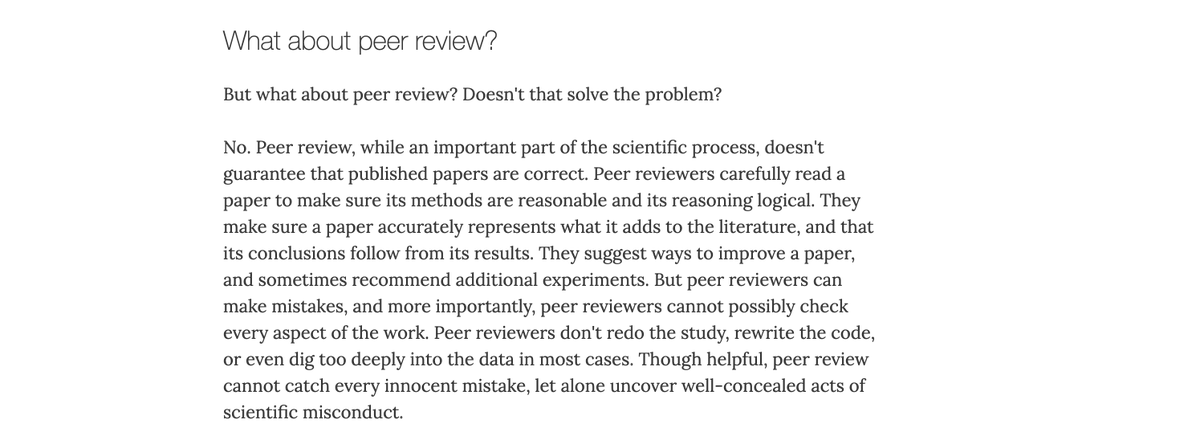
I love seeing journalists do a textbook job of calling bullshit on the misleading use of quantitative data.
Here's a great example. @RonDeSantisFL claimed that despite having schools open, Florida is 34th / 50 states in pediatric covid cases per capita.
nbcmiami.com/news/local/des…
Here's a great example. @RonDeSantisFL claimed that despite having schools open, Florida is 34th / 50 states in pediatric covid cases per capita.
nbcmiami.com/news/local/des…
I don't know for certain what set off their bullshit detector, but one rule we stress in our class is that if something seems too good or too bad to be true, it probably is.
DeSantis's claim is a candidate.
Below, a quote from our book.
DeSantis's claim is a candidate.
Below, a quote from our book.

The very next paragraph of the book suggests what to do when this happens: trace back to the source. This is a key lesson in our course as well, and at the heart of the "think more, share less" mantra that we stress. Don't share the implausible online until you've checked it out. 

So that's what investigative reporter Tony Pipitone @TonyNBC6 from South Florida's @nbc6 did.
He found that the 34th out of 50 claim came from this @AmerAcadPeds report: downloads.aap.org/AAP/PDF/AAP%20…
He found that the 34th out of 50 claim came from this @AmerAcadPeds report: downloads.aap.org/AAP/PDF/AAP%20…

I might have stopped there, and assumed the low rank was due to with testing rates and the fact that children are more often asymptomatic or mildly symptomatic. Tony didn't. He did something else that we also stress in our class: Beware of unfair comparisons. Again from the book: 

It turns out that Florida does well relative to other states because it reports cases among children as those aged 0-14, instead of 0-17, 0-18, 0-19, or 0-20 as other states do.
A classic unfair comparison.
From the very same @AmerAcadPeds report:
A classic unfair comparison.
From the very same @AmerAcadPeds report:

The NBC report explains Florida should be 9th, not 34th, in cases among kids.
Because it compares different age groups, the argument that @GovRonDeSantis is making in this tweet is deeply deceptive.
Because it compares different age groups, the argument that @GovRonDeSantis is making in this tweet is deeply deceptive.
https://twitter.com/GovRonDeSantis/status/1361806166897082369
Epidemiologist @JasonSalemi at @USouthFlorida explains in further detail in this short thread.
https://twitter.com/JasonSalemi/status/1362454311880458240
But seriously, watch the original report. It's a powerful and well-done debunking of data-driven disinformation from @TonyNBC6 at @nbc6.
I'd love to see more of this kind of data journalism.
Again, the link:
nbcmiami.com/news/local/des…
I'd love to see more of this kind of data journalism.
Again, the link:
nbcmiami.com/news/local/des…
• • •
Missing some Tweet in this thread? You can try to
force a refresh










